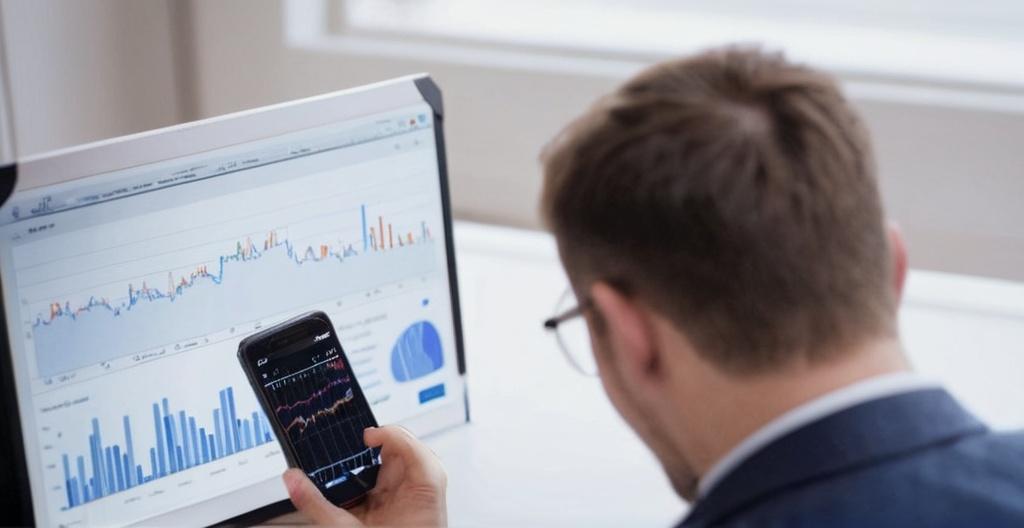Key Take Aways About Transaction Cost Analysis (TCA)
- Transaction Cost Analysis (TCA) helps traders identify hidden trading costs to maximize profits.
- TCA examines market impact, timing, and slippage as key cost factors.
- Understanding the difference between expected and actual costs can enhance trading strategies.
- Popular TCA models include Implementation Shortfall, VWAP, and Arrival Price Model.
- TCA faces challenges like model inaccuracies and market-specific quirks.
- Effective TCA can inform better trading decisions and strategy optimizations.

Understanding Transaction Cost Analysis
Transaction Cost Analysis (TCA) sounds like something a secret agent might do, but it’s a bit less thrilling and a lot more helpful for traders. TCA is all about figuring out the cost that slips through the cracks when you’re trading. Yeah, those sneaky extra charges that eat into your profits.
What is Transaction Cost Analysis?
Imagine buying a chocolate bar. The sticker says one price, but by the time you pay, the cost was a bit more. That’s kind of like trading with hidden costs. TCA is the process used to identify these extra expenses so traders can keep more money in their pockets.
Breaking Down the Costs
Every time you make a trade, costs sneak in. It’s not just the obvious stuff like commission fees. We’re talking about market impact, timing, and slippage.
- Market Impact: The price moves just because you’re buying or selling. You’re that influential!
- Timing: Sometimes the market’s like the weather – unpredictable. Timing can change everything.
- Slippage: You think you’re getting one price, but the market’s quick, and it shifts before you’re done.
Why Bother with TCA?
For big traders, small changes in costs mean big changes in profits. Knowing the difference between expected and actual transaction costs helps improve trading strategies, like finding where it’s best to buy that chocolate bar without getting overcharged.
Personal Experiences in TCA
I remember when my old buddy, who trades in bonds, first got into TCA. He was skeptical at first. But the day he realized he was saving thousands just by tweaking his approach a bit, he was singing a different tune. It was like finding money in the couch cushions, but way more lucrative.
The Technical Side of TCA
For those who love the nitty-gritty details, TCA involves some serious number crunching. It uses historical data, benchmarks, and models to figure out those pesky costs.
Common TCA Models
Traders typically rely on several models to analyze transaction costs. These models establish benchmarks for measuring the actual cost of trading:
- Implementation Shortfall Model: This one measures the difference between the price when the decision to trade was made and the execution price.
- VWAP (Volume Weighted Average Price): Looks at how the actual price compares to the average price over a specific period.
- Arrival Price Model: Considers the cost relative to the price observed when the order was placed.
Challenges in Analysis
TCA isn’t all rainbows and sunshine. It has its challenges. The finance world is like a moody teenager, always changing. That means models can mislead if not updated regularly. Plus, different markets have different quirks, making it tough to have a one-size-fits-all model.
Using TCA in Real-World Scenarios
Let’s say you’re trading stocks. A good TCA system will give you insights like whether your trades are affecting market prices. If you’re a big enough player, your trades alone can move the market. Knowing this beforehand can save you from future eye-rolling losses.
Optimizing Trading Strategies with TCA
Once you get the hang of TCA, it turns into a powerful tool for refining strategies. Look at it like a tailor, customizing trading strategies to fit just right.
Strategy Adjustments Based on TCA
By understanding the full cost of each trade, you can make more informed decisions. Like when my cousin decided to day trade crypto. He’d jump into trades with both feet, only to realize too late that his costs were eating into his returns. With a bit more focus on TCA, he learned to trade smarter, not harder.
Final Thoughts on TCA
Transaction Cost Analysis isn’t some mystical wizardry. It’s a practical tool that helps traders of all sizes get a clearer view of their costs. By using TCA, traders can better strategize, keeping more profits and reducing those pesky, unseen expenses. It’s the difference between buying that chocolate bar for its sticker price or getting blindsided at the checkout.